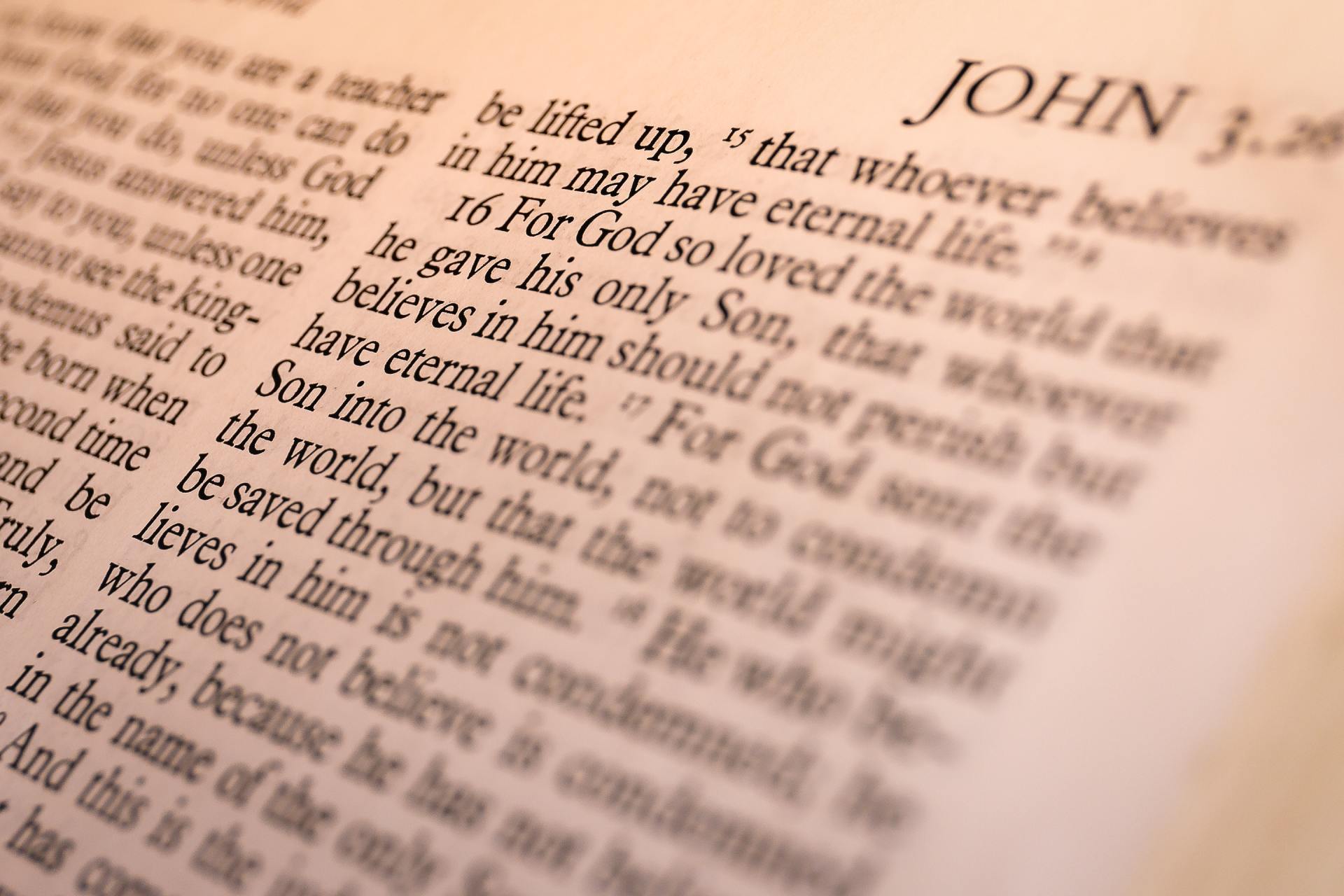Rorate Caeli Masses
In honor of the Blessed Virgin Mary
This Advent Saint Philip Church will have Rorate Caeli Masses Saturdays, Dec. 7, 14, and 21 at 6:30 a.m. These Masses, offered only during Advent, are celebrated in honor of the Blessed Virgin Mary. Traditionally they are celebrated at sunrise and are lit only by candlelight.

FAQ
-
What is the point of a Rorate Caeli Mass?
The Rorate Caeli Masses are celebrated in order to give honor to the Blessed Virgin Mary, who bore Jesus Christ.
The Rorate Caeli Masses are also celebrated to help us prepare for Christmas. Advent is a time of preparation for the coming of Jesus Christ, for whom we wait in joyful hope. The world is mired in the darkness of sorrow and sin, and Christ brings to us the light of hope and mercy. In this way the light of Christ “dawns” on the world every Christmas, and on our hearts and minds every day.
This movement, from the darkness of sorrow and sin to the light of Christ, we see played out in a symbolic way when we attend a Rorate Caeli Mass. These Masses always begin before daybreak (in the dark), and during the Mass the only lights are the candles in the Church. Then, when the Mass ends, the sun is just beginning to rise.
-
Why are we having these Masses at Saint Philip?
We are having the Rorate Caeli Masses here at Saint Philip for two reasons: the first reason is that we, as a Parish, will give honor to the Blessed Virgin Mary.
The second reason is that we can offer an additional daily Mass during Advent. Many people try to attend daily Mass during Advent. However, many of these same people cannot attend our normal morning Mass (at 8:00 AM) due to conflicting work schedules. The Rorate Caeli Masses this year begin at 6:30 AM. This earlier time for a daily Mass will hopefully allow people to both attend Mass and still have enough time to travel to work.
-
What does "Rorate Caeli" mean?
It comes from the Bible, from the prophet Isaiah 45:8:
"Rorate, caeli, desuper, et nubes pluant justum, aperiatur terra, et germinet Salvatorem."
Which translates to:
"Drop down dew, you heavens, from above, and let the clouds rain the just: let the earth be opened and bud forth a Saviour"
-
I see they start at 6:30 AM. Why so early? And how long are they?
6:30 a.m. is before the dawn breaks (dawn usually breaks at around 7:10 AM this time of year). 6:30 a.m. is also early enough for people to attend Mass before traveling to work. They usually last about 40 minutes, and so should be over by 7:10 AM.
-
What does "Ad Orientem" mean?
Literally translated “Ad Orientem” means "Towards the East". It means that, during the more important parts of the Mass, the priest will be facing the same direction as the Congregation: towards the front of the Church. You can read more about Ad Orientem here.
-
Why do Masses "Ad Orientem" at all?
There are two reasons why it can be good to celebrate the Mass Ad Orientem.
The first reason is because the Mass is a prayer offered to God, and so all prayers, words, thoughts etc., should be addressed to Him. When the congregation and the priest face each other there can arise, very naturally, an interpersonal dynamic. We will find ourselves unconsciously doing “extra” things to “communicate” with the priest (i.e. we will bow our heads to the priest at the sign of peace; we will raise our hands in response to the priest’s hands; the priest will smile at us when he makes “eye contact”, etc.) All these things are very natural in themselves, but when they happen at the Mass, they can work one small piece of mischief: it can be easy for everyone to forget that the Mass is about praying to God. When we come to Mass our hearts and minds should be so firmly fixed upon God that, for most of the Mass, we don't even notice the priest! For some people this proper focus is much easier to maintain when the Mass is celebrated Ad Orientem.
The second reason is because during every Mass the priest says numerous prayers, but different prayers are directed to different people. If we listen carefully, we can tell when the priest is “speaking” to us (the congregation), when the priest is “speaking” to God the Father, and when the priest is “speaking” to Jesus Christ. Throughout the Mass the priest alternates between these, and thus makes the Mass a Holy conversation between the people and their God. These subtle changes, though, are easy to miss. When the priest celebrates Mass “Ad Orientem”, his body will “show” us who he is addressing. Whenever the priest is facing the congregation he is speaking to the people on behalf of God, and whenever the priest is facing the Altar he is praying to God on behalf of the people.
-
Will these Masses be in Latin?
The Mass will be celebrated mainly in Latin with the readings and homily in English. Worship aids will be made available to assist the congregation with the Latin responses.
The Rorate Caeli Masses will be celebrated mainly in Latin with the readings and homily in English.
Worship aids will be made available to assist the congregation with the Latin responses.
They will be celebrated Saturdays, Dec. 7, 14, and 21 at 6:30 a.m..
You can read more about the Rorate Caeli Masses here.



